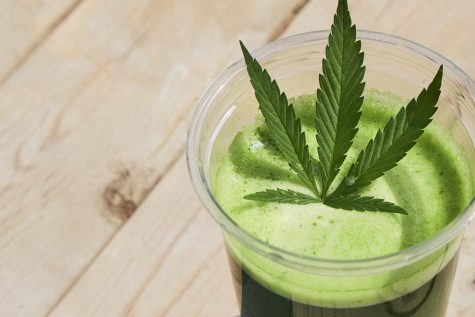CDC report: Less teens are being admitted for cannabis addiction
A new report published by the Centers for Disease Control and Prevention (CDC) has demonstrated a noticeable reduction in teen admission rates for cannabis use disorder treatment. The findings have emerged in spite of the fact that adult-use cannabis legalization in the U.S. is becoming more widespread.
The CDC’s report – which delved into the implications of relaxed cannabis laws on teen admission rates for CUD –focused on individuals aged between 12 and 17 who had been admitted to publicly-funded substance abuse treatment centers in the U.S. Researchers analyzed data from the years 2008 to 2017.
Based on their findings, CUD admission rates plummeted dramatically in states that had legalized recreational cannabis; even though admissions were higher in legal states as a whole.
CUD admission rates reduced by almost half in all U.S. states
Back in 2008, the mean annual CUD admissions rate for all states rested at 60 admissions per 10,000 adolescents. This figure dropped to 31 in 2017 — representing a reduction of almost half during the course of the study period. Furthermore, state admission rates varied from fewer than 1 to 218 (median = 52), whereas in 2017 they varied from fewer than 1 to 167 (median = 21).
Only seven of the states analyzed for this study on CUD admission rates saw an increase over the study period. Six of those states – excluding North Dakota – had reasonably low mean admissions rates. The researchers made a point of noting that low mean admissions rates appeared to be most common in an area that encompasses the Southwest region, extending across the South, Appalachia and into certain regions of New England.
Changing attitudes towards cannabis believed to play role in CUD admission rates
According to Jeremy Mennis, a PhD and author of the CDC report on CUD admission rates, this data is the first to highlight state-level trends in adolescent treatment admissions for cannabis. He says that the trends illustrated in the study could prove useful in educating the general public amid an ever-changing legal weed landscape; citing broader societal acceptance of cannabis, increased rates of adult consumption and perceived lack of risk.
“Possible causes for the overall decline, and variations among states, in admissions trends include changes in attitudes toward [cannabis], as well as differences among states in [cannabis] use and incidence of CUD, as well as in socioeconomic status, treatment availability, and health insurance,” said Mennis, who feels that the trends indicate the exigencies of staying “vigilant” in the prevention of cannabis use disorder.
He makes a good point, considering the fact that a new Pew Research Center survey suggests that two-thirds of Americans believe cannabis consumption should be legal. In 2010, 52 percent of U.S. adults opposed legalization, whereas the number of opponents has dropped to 32 percent today. On top of that, 91 percent of U.S. adults support legalization.










